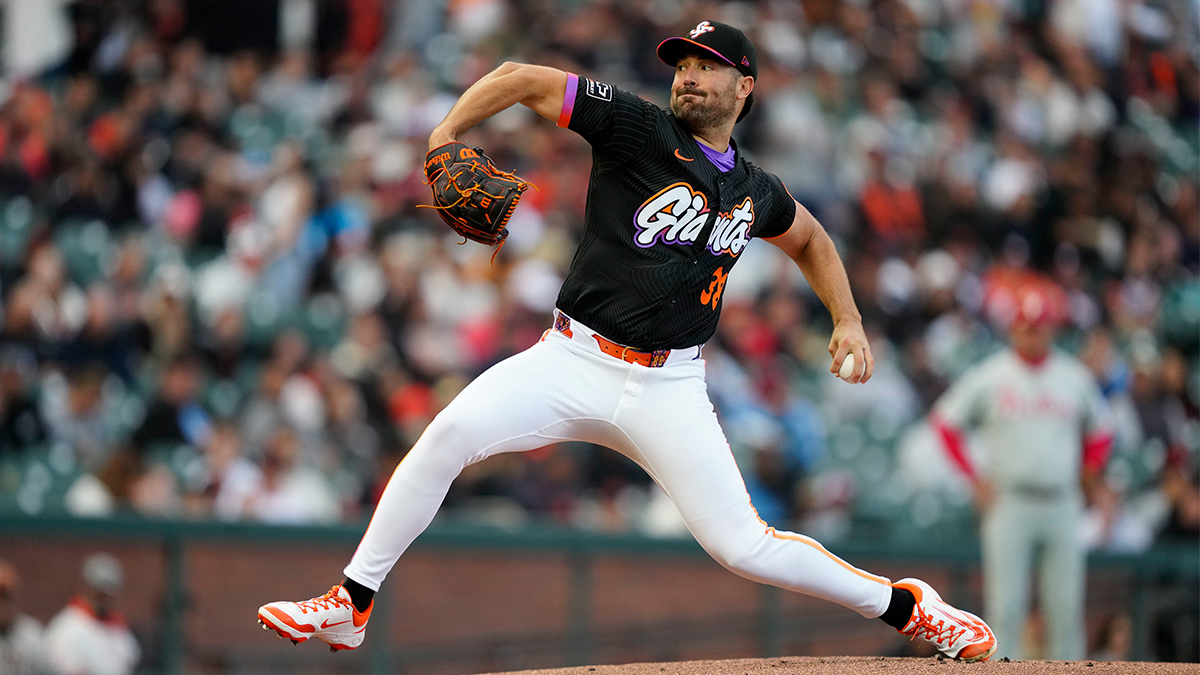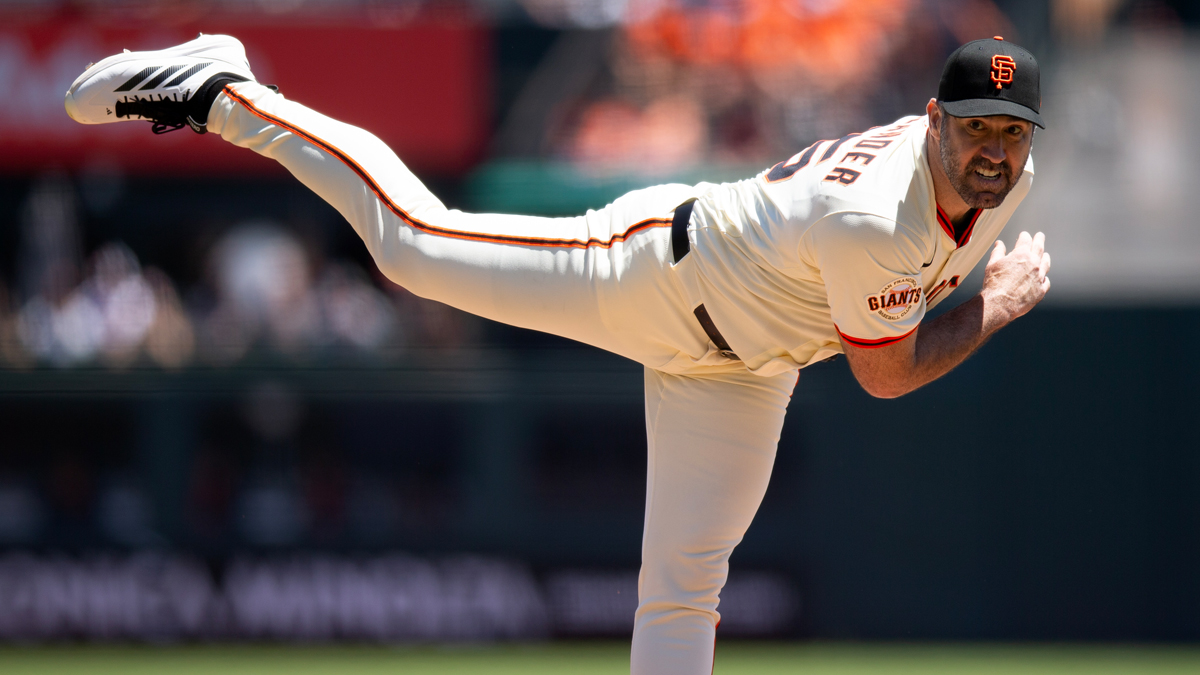SAN FRANCISCO -- Andrew Suarez looked up during one of his minor league starts earlier this year, saw that the Sacramento River Cats were down five runs, and thought, "We can still win this."
The thought process wasn't simply about being optimistic. It was about being realistic in the Pacific Coast League.
The league has always been offense-crazy, but this season has seen new levels of production. The PCL started using MLB balls and lineups have taken off in a league where altitude was already an issue for pitchers. Teams are averaging 5.62 runs per game and an OPS of .816, and the league-wide ERA is 5.29.
With our All Access Daily newsletter, stay in the game with the latest updates on your beloved Bay Area and California sports teams!
"It's a little bit like playing in Coors Field everywhere you go," Suarez said.
That can be brutal for young pitchers, a ton of fun for young hitters, and quite confusing for executives tasked with deciding which ones are worthy of making the leap to the big leagues. Organizations like to reward players who are performing in the upper minors, but how do you promote just one player when his entire team is hitting at unprecedented rates? How do you determine if a hitter's production is legitimate, or if a pitcher is really struggling?
After he called up Mac Williamson, who had a 1.215 OPS and nine homers in 82 at-bats in Triple-A, president of baseball operations Farhan Zaidi acknowledged that it's a tricky evaluation.
"You have to judge it, not just by looking at the numbers, but by the relative ranks," Zaidi said. "We've got guys like (Mike) Gerber and Mac who were really hitting as well as anybody in that league. So maybe it's not apples to apples with what happened in that league going back last year or the last few years in the PCL. The fact that those guys have been among the top hitters in that league, I think it lends credibility to that performance."
San Francisco Giants
Find the latest San Francisco Giants news, highlights, analysis and more with NBC Sports Bay Area and California.
Williamson's stats did not translate. He hit just .118 in the big leagues with one homer (at the actual Coors Field) before the Giants designated him for assignment on Saturday. Gerber hit .323 with seven homers before his promotion, then went 1-for-15 with nine strikeouts in a brief big league cameo.
Behind those two, there are plenty more making noise.
Mike Yastrzemski, the outfielder who took Williamson's spot, had a .414 on-base percentage and 12 homers in 40 games when the Giants called him up. Austin Slater has a .453 OBP and nine homers. Zach Green is at .424 with eight homers.
Traditionally, if you have double-digit homers in a couple of minor league months, you're in line for a call, but the Giants have to be more discerning with the changes in the league (it should be noted here that big league pitchers think the MLB ball, which is now used in the minors, is juiced).
They also have to view pitchers' numbers a different way.
Tyler Beede was promoted earlier this year after posting a 1.99 ERA in five starts. He was one of just four pitchers in the league under 3.00 at the time, and Zaidi cited the difficulty of the league when discussing a need to take a look at Beede. Shaun Anderson had a 4.11 ERA when the Giants decided he was ready for the big leagues. Suarez was at 6.33 when the Giants brought him back up. The front office didn't care about the crooked numbers in the minors. Suarez also didn't care much about them.
[RELATED: After seven years in minors, Yaz ready to make impact]
How do you deal with the new PCL as a pitcher?
"I don't look at box scores," Suarez said, smiling.


